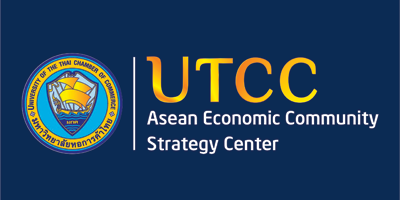Laos: Govt maintains inflation, exchange rate controls
The government will continue to control inflation and currency exchange rates under its monetary policy to ensure that economic growth remains stable throughout the coming year.
The government has set an economic growth target of 7 percent for 2018, with Gross Domestic Product (GDP) to reach 149.47 trillion kip (US$17.98 billion) and GDP per capita to rise to US$2,567.
Meanwhile, the inflation rate is set to be lower than 5 percent, and the kip should not fluctuate more than 5 percent from its current exchange rate, according to a recent government report.
Bankers have noted that without proper management of inflation and exchange rates, the cost of living in Laos would increase.
Minister of Planning and Investment Dr Souphanh Keomixay said recently that inflation was mainly driven by the food and beverage category followed by communications and transport, and service categories.
According to the Bank of the Lao PDR, the Consumer Price Index in January this year stood at 101.95 with the inflation rate at 2.27 percent.
The figure fell to 1.67 percent in February before rising to 1.75 percent in March, then sinking to 1.52 percent in April, 1.07 percent in May and 0.41 percent in June.
The average inflation rate in Laos (less than 2 percent) is lower than the average inflation for Southeast Asia which is 3.3 percent for 2017, despite some revisions for individual economies.
Average six-month inflation increased by 0.28 percent compared to the same period last year. Inflation driven by the communications and transport, and goods and services categories increased by 3.28 percent and 1.4 percent respectively in the past six months of this year.
The kip depreciated against the US dollar and Thai baht by 0.66 percent and 5.45 percent respectively over the past six months of this year.
The depreciation of the kip was linked to the market principle of supply and demand since many more people required US dollars and Thai baht to import goods.
As supplies of foreign currencies were insufficient, this affected the exchange rate and prices of products in Laos.
The Bank of the Lao PDR previously reported that Laos had foreign currency reserves which were sufficient to import goods for 4.14 months, which was less than the planned 5 months.
However, the Ministry of Planning and Investment revealed at a meeting of government cabinet members, the Vientiane mayor and provincial governors last week that Laos’ foreign currency reserves were sufficient to import goods for less than 4 months.
Economists are concerned about further currency fluctuations, which could affect the country’s socio-economic development.
The government has noted the need to improve the business climate to lure more foreign investment while also preparing for Visit Laos Year 2018 in a bid to attract more tourists.
This initiative will help Laos bring in more foreign currency and further boost economic development and the poverty reduction efforts of local people.
Source: http://www.vientianetimes.org.la/FreeContent/FreeConten_Govt_217.htm


 English
English




